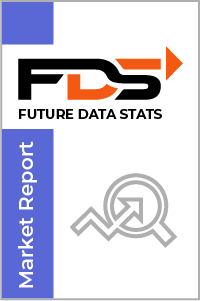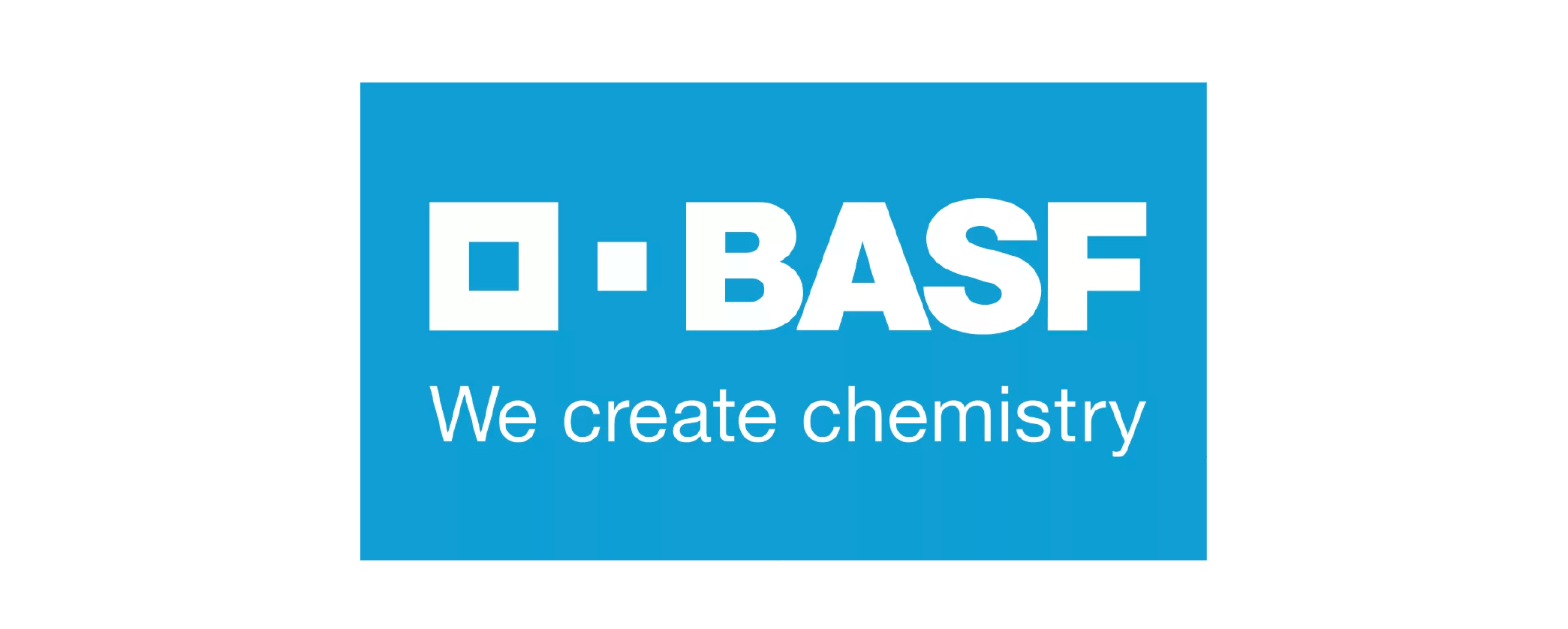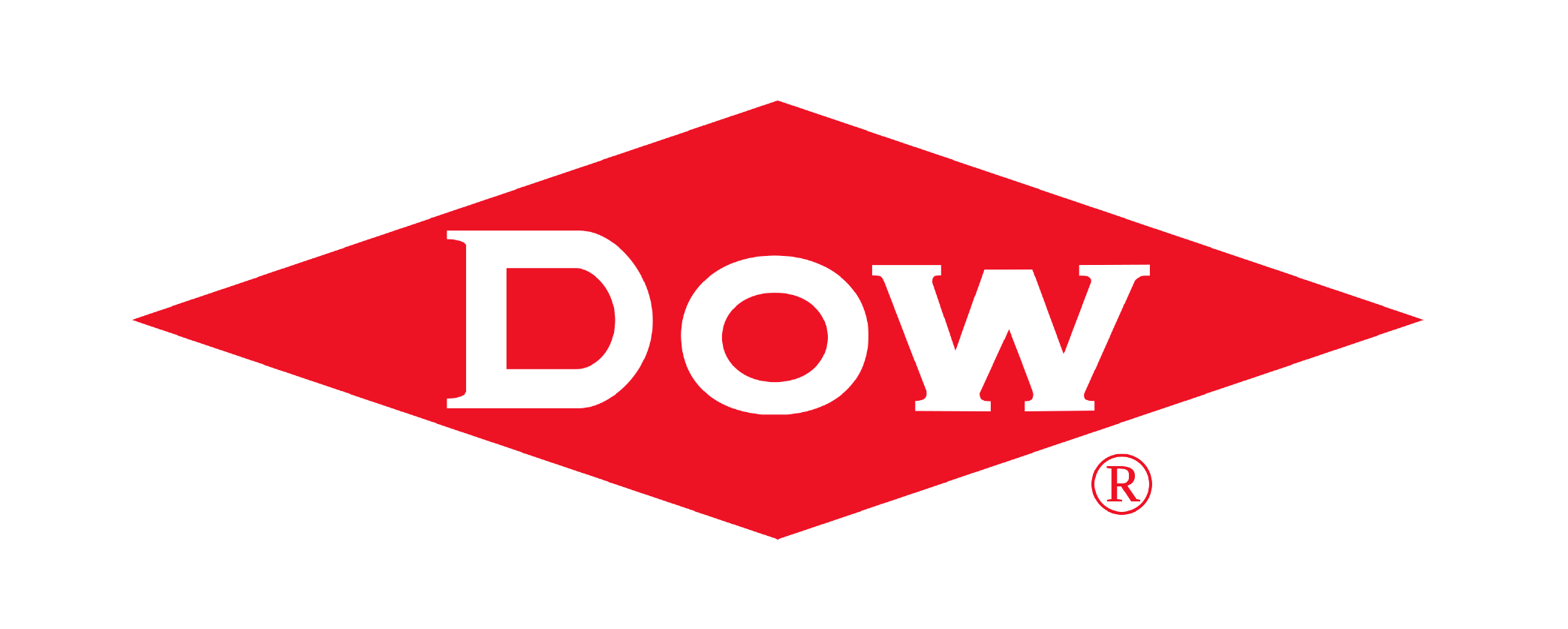The global Aerospace Engineering market size was valued at USD 485.30 billion in 2023 and is projected to expand at a compound annual growth rate (CAGR) of 6.9% during the forecast period, reaching a value of USD 710.47 billion by 2030.
Aerospace Engineering market research report by Future Data Stats, offers a comprehensive view of the market's historical data from 2018 to 2021, capturing trends, growth patterns, and key drivers. It establishes 2022 as the base year, analyzing the market landscape, consumer behavior, competition, and regulations. Additionally, the report presents a well-researched forecast period from 2023 to 2030, leveraging data analysis techniques to project the market's growth trajectory, emerging opportunities, and anticipated challenges.
MARKET OVERVIEW:
Aerospace Engineering is a specialized field of engineering that focuses on the design, development, testing, and production of aircraft, spacecraft, and related systems and equipment. It encompasses a wide range of disciplines, including aerodynamics, structural analysis, materials science, propulsion systems, and avionics. Aerospace engineers work on creating efficient and safe aerospace systems, from commercial airliners and military aircraft to satellites, rockets, and spacecraft. Their expertise plays a crucial role in ensuring the functionality, safety, and performance of vehicles and systems that operate in the Earth's atmosphere and beyond, making aerospace engineering vital to the advancement of aviation and space exploration.
Aerospace engineers are responsible for innovating and improving various aspects of aerospace technology, from designing more fuel-efficient and environmentally friendly aircraft to developing cutting-edge space exploration missions. Their work also involves solving complex challenges related to aerodynamics, structural integrity, and propulsion systems. Aerospace engineering is an ever-evolving field that drives advancements in both commercial and defense aerospace industries, contributing to the development of new technologies and pushing the boundaries of human exploration beyond our planet.
MARKET DYNAMICS:
The continuous demand for innovative and fuel-efficient aircraft across commercial and military sectors. Airlines and defense organizations seek more efficient and environmentally friendly solutions, driving aerospace engineers to develop advanced technologies and designs. Furthermore, the expanding interest in space exploration and commercial spaceflight ventures creates opportunities for aerospace engineers to design cutting-edge spacecraft, satellites, and launch systems, further propelling the market's growth.
However, the market does face significant restraints, including high development and production costs associated with aerospace projects. Stringent regulatory standards and safety requirements add complexity and expenses to the engineering process. Additionally, global economic fluctuations and geopolitical tensions can impact defense spending, affecting the aerospace industry. Despite these challenges, the market presents opportunities in the form of technological advancements, such as the development of electric and hybrid propulsion systems, the growth of the commercial space industry, and the increasing need for aerospace engineers with expertise in automation and artificial intelligence. Aerospace engineering remains a dynamic field, continually adapting to these factors while shaping the future of aviation and space exploration.
AEROSPACE ENGINEERING MARKET SEGMENTAL ANALYSIS
BY TYPE:
Aircraft, including commercial airliners and military aircraft, are a dominant force within the Aerospace Engineering market. Factors driving this dominance include the ever-increasing demand for more fuel-efficient and environmentally friendly aircraft, the need for advanced avionics and navigation systems, and the continuous innovation in aircraft design to enhance passenger comfort and safety. Aerospace engineers play a pivotal role in developing next-generation aircraft that meet these demands, positioning this segment at the forefront of the market.
Spacecraft represent another dominant factor, reflecting the growing interest in space exploration and commercial space activities. The market for spacecraft is driven by factors like the development of cutting-edge propulsion technologies, materials science advancements, and the need for robust and reliable spacecraft for various missions. Aerospace engineers contribute to the design and construction of spacecraft, ensuring they can withstand the harsh conditions of space and fulfill their intended purposes, such as planetary exploration, communication, and Earth observation.
Missiles, rockets, drones, and satellites each dominate specific niches within the Aerospace Engineering market. Missiles and rockets are driven by military and defense needs, while drones find applications in various sectors, from agriculture to surveillance. Satellites play a crucial role in global communications and navigation systems. The dominance of these segments is characterized by factors like advanced guidance and propulsion systems, miniaturization of technology, and the continuous demand for more capable and cost-effective solutions.
BY APPLICATION:
Commercial aviation stands as a dominant segment driven by factors such as the ever-increasing demand for air travel, the need for fuel-efficient and environmentally friendly aircraft, and advancements in passenger comfort and safety. Aerospace engineers play a pivotal role in developing and improving commercial aircraft, creating innovations that enhance fuel efficiency, reduce emissions, and optimize passenger experiences. As global travel continues to grow, this segment remains a driving force in the Aerospace Engineering market.
In contrast, military aviation is another dominant application driven by defense needs, national security concerns, and technological advancements. Factors such as the development of advanced fighter jets, military transport aircraft, and unmanned aerial vehicles (UAVs) contribute to the dominance of this segment. Aerospace engineers in this field focus on creating cutting-edge technologies to meet military requirements, including stealth capabilities, surveillance systems, and aerial combat superiority.
Space exploration and Earth observation represent additional influential segments within the Aerospace Engineering market. The growth of space exploration is driven by factors like the commercial space industry, planetary missions, and the quest for scientific discoveries beyond Earth. Aerospace engineers are at the forefront of developing spacecraft, launch systems, and propulsion technologies for these missions. Similarly, Earth observation, which includes satellites for monitoring climate, weather, and natural disasters, relies on advancements in remote sensing and data analysis.
BY END USER:
Airlines represent a dominant end user in the Aerospace Engineering market, driven by the commercial aviation sector's continuous growth. Key factors shaping this dominance include the need for fuel-efficient aircraft, passenger safety, and the demand for innovations in in-flight entertainment and comfort. Aerospace engineers play a pivotal role in designing and improving commercial aircraft, ensuring they meet stringent safety and environmental standards, while also enhancing the overall passenger experience.
Space agencies, such as NASA and ESA (European Space Agency), also hold significant influence in the market. These organizations drive advancements in spacecraft design, propulsion systems, and space exploration technologies. Factors contributing to their dominance include the quest for scientific discoveries, planetary missions, and the commercialization of space activities. Aerospace engineers collaborate closely with space agencies, pushing the boundaries of space exploration and contributing to the growing interest in commercial space ventures.
The military and government sectors are additional dominant end users, especially in the context of defense applications. Key factors in this dominance include national security concerns, technological advancements in military aviation and aerospace systems, and the need for reliable defense solutions. Aerospace engineers working in this domain focus on developing cutting-edge fighter jets, missile systems, and surveillance technologies, enhancing the military's capabilities and ensuring national defense readiness. Lastly, private companies in the aerospace industry, including manufacturers, research and development firms, and space startups, dominate the market with their entrepreneurial spirit and drive for innovation. Their influence is characterized by factors such as investments in new aerospace technologies, the commercialization of space activities, and their role in pushing the aerospace engineering field forward with groundbreaking innovations.
REGIONAL ANALYSIS:
North America stands out as a dominant force, driven by its advanced aerospace technology, strong presence of aerospace giants like Boeing and Lockheed Martin, and extensive government and private investments in aerospace research and development. The region's focus on space exploration, military aviation, and commercial aviation further cements its dominance in the Aerospace Engineering market.
Europe also plays a significant role, with countries like the United Kingdom, France, and Germany leading in aerospace technology and innovation. The presence of the European Space Agency (ESA) and Airbus Group, among others, underscores the region's dominance in the space industry. Europe's emphasis on sustainability, research, and development, along with its robust aviation and defense sectors, positions it as a major player in the global Aerospace Engineering market.
Asia Pacific, with its rapidly expanding economies, is emerging as a dominant force in the Aerospace Engineering market. Countries like China and India are heavily investing in space exploration, while Japan is known for its advanced technology in aerospace engineering. The region's growing middle class and increasing air travel demands contribute to the dominance of the commercial aviation sector. Additionally, Asia Pacific's role as a manufacturing hub for aerospace components and aircraft production further solidifies its influence in the global Aerospace Engineering market. Latin America, the Middle East, and Africa also exhibit potential, driven by their growing interest in space exploration, defense modernization, and aviation infrastructure development.
COVID-19 IMPACT:
Initially, it caused significant disruptions, particularly in the commercial aviation sector, as global travel restrictions, lockdowns, and reduced passenger demand led to a decline in new aircraft orders and delayed projects. Airlines faced financial challenges, impacting their ability to invest in new aircraft and aerospace technologies. Moreover, supply chain disruptions and production slowdowns affected the aerospace manufacturing sector.
However, the pandemic also spurred innovation and adaptation within the aerospace industry. Many aerospace companies shifted their focus to producing medical supplies and equipment, showcasing the industry's resilience and versatility. The crisis accelerated the development of contactless technologies for air travel, enhanced cleaning protocols, and the adoption of digital tools for remote collaboration and maintenance. Furthermore, governments and space agencies maintained their commitments to space exploration missions, underlining the long-term importance of aerospace engineering.
INDUSTRY ANALYSIS:
Mergers & Acquisitions
- Boeing and Embraer announced the termination of their proposed merger agreement in May 2022.
- Raytheon Technologies and United Technologies completed their merger in April 2020, forming a new aerospace and defense giant.
- GE Aviation announced the sale of its aerostructures business to Spirit AeroSystems in May 2022.
- Safran announced the acquisition of Zodiac Aerospace in February 2018, creating a new world leader in aerospace equipment and systems.
Product New Launches
- Boeing launched its new 777X aircraft in January 2020.
- Airbus launched its new A321XLR aircraft in July 2019.
- SpaceX launched its first crewed mission to the International Space Station in May 2020.
- Blue Origin launched its first suborbital tourist flight in July 2021.
- Virgin Galactic launched its first commercial spaceflight in February 2022.
KEY MARKET PLAYERS:
- Boeing
- Lockheed Martin
- Airbus Group
- Northrop Grumman
- Raytheon Technologies
- SpaceX
- Boeing Defense, Space & Security
- Safran Group
- General Dynamics
- BAE Systems
- United Technologies Corporation
- Thales Group
- Honeywell Aerospace
- Leonardo S.p.A.
- Rolls-Royce Holdings
- L3Harris Technologies
- Textron Inc.
- Bombardier Inc.
- Mitsubishi Heavy Industries
- Embraer S.A.
- General Electric Aviation
- Orbital Sciences Corporation
- Aerojet Rocketdyne
- Sierra Nevada Corporation
- Blue Origin
- others
Table of Contents
- Introduction
- Executive Summary
- Market Overview
- Market Dynamics
- Drivers
- Restraints
- Opportunities
- Challenges
- Aerospace Engineering Market Segmentation
- By Type
- By Application
- By Region
- Competitive Landscape
- Key Players
- Market Share Analysis
- Recent Developments and Trends
- Technological Advancements
- Regulatory Environment
- Investment Analysis
- Future Outlook
- Conclusion
- Appendix
- Glossary of Terms
- Methodology
- About the Author/Company
Aerospace Engineering Market Segmentation
By Type:
- Aircraft
- Spacecraft
- Missiles and rockets
- Drones
- Satellites
By Application:
- Commercial aviation
- Military aviation
- Space exploration
- Defense
- Earth observation
By End User:
- Airlines
- Space agencies
- Military
- Government
- Private companies
By Geography:
- North America (USA, Canada, Mexico)
- Europe (Germany, UK, France, Russia, Italy, Rest of Europe)
- Asia-Pacific (China, Japan, South Korea, India, Southeast Asia, Rest of Asia-Pacific)
- South America (Brazil, Argentina, Columbia, Rest of South America)
- Middle East and Africa (Saudi Arabia, UAE, Egypt, Nigeria, South Africa, Rest of MEA)
Key Reasons to Purchase this Report
- Comprehensive Insights: Our market research reports offer in-depth and comprehensive insights into various industries, markets, and sectors. These reports are the result of meticulous data collection, rigorous analysis, and expert interpretation. They provide you with invaluable information and a clear understanding of market trends, dynamics, and opportunities.
- Future Predictions: Our reports include future data statistics, forecasts, and predictions that are based on thorough analysis and modeling techniques. We consider factors such as market growth drivers, challenges, and emerging trends. Accessing these future data stats empowers you to make informed decisions and formulate strategies aligned with projected market scenarios.
- Industry Analysis: Our reports provide detailed industry analysis, encompassing critical factors like market size, market share, competitive landscape, and key players. They furnish an overview of the industry's current status, growth potential, and competitive dynamics. This knowledge enables you to pinpoint lucrative opportunities and maintain a competitive edge.
- Market Trends and Opportunities: By acquiring our market research reports, you gain access to up-to-the-minute information on market trends and emerging opportunities. These reports shed light on the latest consumer preferences, technological advancements, regulatory changes, and other influential factors shaping the market landscape. Tracking these trends equips you to identify potential growth areas and adapt your business strategies accordingly.
- Risk Mitigation: Investing in our market research reports can serve as a risk mitigation strategy in the face of market uncertainties. Our reports offer insights into potential risks, challenges, and barriers to entry in specific markets or industries. Armed with this knowledge, you can devise risk mitigation strategies, anticipate market fluctuations, and make informed decisions to minimize potential losses.
- Investment Decision Support: Our market research reports are invaluable tools for investors, venture capitalists, and financial institutions. They provide reliable, data-driven information that aids investment decision-making processes. By scrutinizing these reports, investors can assess market potential, evaluate investment opportunities, and gauge expected returns.
- Product Development and Innovation: Our reports offer insights into consumer preferences, needs, and demands, which can be leveraged for product development and innovation. Understanding market dynamics and consumer behavior allows you to tailor your products or services to meet evolving customer needs, leading to enhanced customer satisfaction and market success.
- Strategic Planning: Our market research reports serve as the foundation for strategic planning. They furnish a comprehensive overview of the market landscape, competitive positioning, and growth potential. Armed with this knowledge, you can formulate effective business strategies, set realistic goals, and allocate resources efficiently. Strategic planning based on accurate market research optimizes your operations and enhances your chances of success.
- Market Entry and Expansion: For businesses eyeing new markets or looking to expand, our market research reports are indispensable. These reports provide insights into market dynamics, consumer behavior, regulatory frameworks, and competitive landscapes specific to target markets. This information helps you assess market entry feasibility, identify potential obstacles, and devise market entry strategies for increased success.
- Evidence-Based Decision Making: Our market research reports offer evidence-based data and analysis, allowing for informed decision making. Rather than relying on assumptions or guesswork, you can base your decisions on reliable information and market insights. Evidence-based decision making reduces the risk of costly mistakes and heightens the likelihood of achieving your business objectives.
RESEARCH METHODOLOGY
With a collective industry experience of about 70 years of analysts and experts, Future Data Stats encompasses the most infallible research methodology for its market intelligence and industry analysis. Not only does the company dig deep into the innermost levels of the market, but also examines the minutest details for its market estimates and forecasts.
This approach helps build a greater market-specific view of size, shape, and industry trends within each industry segment. Various industry trends and real-time developments are factored into identifying key growth factors and the future course of the market. The research proceeds are the results of high-quality data, expert views & analysis, and valuable independent opinions. The research process is designed to deliver a balanced view of the global markets and allows stakeholders to make informed decisions, to attain their highest growth objectives.
Future Data Stats offers its clients exhaustive research and analysis, based on a wide variety of factual inputs, which largely include interviews with industry participants, reliable statistics, and regional intelligence. The in-house industry experts play an instrumental role in designing analytic tools and models, tailored to the requirements of a particular industry segment. These analytical tools and models distill the data & statistics and enhance the accuracy of our recommendations and advice.
With Future Data Stats calibrated research process and 360° data-evaluation methodology, the clients receive:
- Consistent, valuable, robust, and actionable data & analysis that can easily be referenced for strategic business planning
- Technologically sophisticated and reliable insights through a well-audited and veracious research methodology
- Sovereign research proceeds that present a tangible depiction of the marketplace
With this strong methodology, Future Data Stats ensures that its research and analysis is most reliable and guarantees sound business planning.
The research methodology of the global market involves extensive primary and secondary research. Primary research includes about 24 hours of interviews and discussions with a wide range of stakeholders that include upstream and downstream participants. Primary research typically is a bulk of our research efforts, coherently supported by extensive secondary research. Over 3000 product literature, industry releases, annual reports, and other such documents of key industry participants have been reviewed to obtain a better market understanding and gain enhanced competitive intelligence. In addition, authentic industry journals, trade associations’ releases, and government websites have also been reviewed to generate high-value industry insights.
Primary Research:
|
Primary Research
|
Desk Research
|
Company Analysis
|
|
• Identify key opinion leaders • Questionnaire design • In-depth Interviews • Coverage across the value chain
|
• Company Website • Company Annual Reports • Paid Databases • Financial Reports
|
• Market Participants • Key Strengths • Product Portfolio • Mapping as per Value Chain • Key focus segment
|
Primary research efforts include reaching out to participants through emails, telephonic conversations, referrals, and professional corporate relations with various companies that make way for greater flexibility in reaching out to industry participants and commentators for interviews and discussions.
The aforementioned helps to:
- Validate and improve data quality and strengthen the research proceeds
- Develop a market understanding and expertise
- Supply authentic information about the market size, share, growth, and forecasts
The primary research interview and discussion panels comprise experienced industry personnel.
These participants include, but are not limited to:
- Chief executives and VPs of leading corporations specific to an industry
- Product and sales managers or country heads; channel partners & top-level distributors; banking, investments, and valuation experts
- Key opinion leaders (KOLs)
Secondary Research:
A broad array of industry sources for the secondary research typically includes, but is not limited to:
- Company SEC filings, annual reports, company websites, broker & financial reports, and investor presentations for a competitive scenario and shape of the industry
- Patent and regulatory databases to understand technical & legal developments
- Scientific and technical writings for product information and related preemptions
- Regional government and statistical databases for macro analysis
- Authentic news articles, web-casts, and other related releases to evaluate the market
- Internal and external proprietary databases, key market indicators, and relevant press releases for market estimates and forecasts
|
PRIMARY SOURCES |
DATA SOURCES |
|
• Top executives of end-use industries • C-level executives of the leading Parenteral Nutrition companies • Sales manager and regional sales manager of the Parenteral Nutrition companies • Industry Consultants • Distributors/Suppliers
|
• Annual Reports • Presentations • Company Websites • Press Releases • News Articles • Government Agencies’ Publications • Industry Publications • Paid Databases
|
Analyst Tools and Models:
|
BOTTOM-UP APPROACH |
TOP-DOWN APPROACH |
|
· Arriving at · Arriving at · Market Share · Key Market Players |
· Key Market Players · Market Share · Arriving at · Arriving at |
Aerospace Engineering Market Dynamic Factors
Drivers:
- Growing demand for commercial and military aircraft.
- Expanding space exploration missions.
- Advancements in aerospace technology and materials.
- Increasing focus on fuel efficiency and sustainability.
- Rising investments in defense modernization.
- Growing demand for satellite-based communication and Earth observation.
Restraints:
- High development and production costs.
- Stringent safety and regulatory standards.
- Supply chain disruptions and component shortages.
- Economic uncertainties affecting airline and defense budgets.
- Competition from emerging aerospace markets.
- Environmental concerns and emissions regulations.
Opportunities:
- Expanding commercial space industry.
- Innovations in electric and hybrid propulsion.
- Growing demand for unmanned aerial vehicles (UAVs).
- Increased emphasis on sustainable aviation.
- Space tourism and private space ventures.
- Integration of artificial intelligence and automation.
Challenges:
- Addressing environmental impacts of aviation.
- Ensuring cybersecurity in aerospace systems.
- Navigating complex regulatory environments.
- Mitigating risks associated with space missions.
- Attracting and retaining skilled aerospace engineers.
- Managing the shift towards digital engineering and 3D printing technologies.
Frequently Asked Questions















